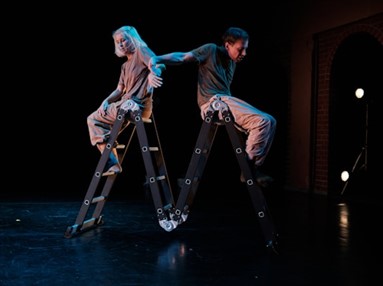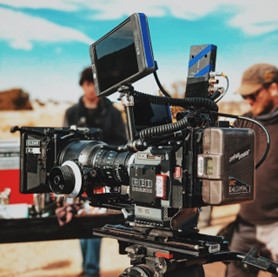
Creating a believable and compelling character is at the heart of an actor’s craft. It involves a multifaceted process that combines research, imagination, physicality, and emotional depth. This intricate journey allows actors to bring fictional personas to life, making them resonate with audiences. James Snyder on Broadway explores the various stages of the character-building process, highlighting key techniques and strategies that actors use to develop their roles.
Understanding the Script
The first step in building a character is understanding the script. This involves a thorough reading of the text to grasp the story, themes, and the character’s role within the narrative. Actors analyze the script to identify their character’s objectives, motivations, and relationships with other characters. This script analysis is crucial as it provides the foundation upon which the character will be built.
Key Points of Script Analysis
- Character Objectives: What does the character want? What are their goals and desires throughout the story?
- Motivations: Why does the character want what they want? What drives their actions and decisions?
- Relationships: How does the character relate to other characters? What are the dynamics of these relationships?
- Backstory: What has happened in the character’s past that influences their behavior and choices in the present?
Research and Imagination
Once the script analysis is complete, actors often engage in research to add depth and authenticity to their characters. This research can include historical context, cultural background, and any specific traits or professions associated with the character. For instance, if an actor is playing a doctor, they might study medical terminology and procedures to portray the role convincingly.
Imagination also plays a crucial role in character development. Actors use their creativity to fill in the gaps that the script does not explicitly cover. They imagine the character’s thoughts, feelings, and experiences to build a rich inner life. This imaginative work helps actors connect with their characters on a deeper level and bring them to life with authenticity.
Physicality and Voice
A character’s physicality and voice are essential components of their identity. Performers experiment with different physical and vocal traits to distinguish their characters from others and make them memorable. This process involves exploring how the character moves, stands, gestures, and speaks.

Developing Physicality
- Posture: How does the character carry themselves? Are they confident and upright, or do they slouch and appear timid?
- Movement: How does the character move? Are their movements smooth and graceful, or are they awkward and clumsy?
- Gestures: What kinds of gestures does the character use? Are they expressive and animated, or restrained and minimal?
Developing Voice
- Tone and Pitch: What is the character’s vocal tone and pitch? Is it deep and resonant, or high-pitched and nasal?
- Pace and Rhythm: How does the character speak? Do they talk quickly and energetically, or slowly and thoughtfully?
- Accent and Dialect: Does the character have a specific accent or dialect? How can this be accurately portrayed?
Emotional Connection
To create a believable character, actors must connect emotionally with their roles. This involves tapping into their own emotions and experiences to understand and portray the character’s feelings authentically. Techniques such as emotional memory, where actors recall their own past experiences to evoke similar emotions, can be useful in this process.
Performers also explore the character’s emotional journey throughout the story. They identify key emotional beats and moments of change, allowing them to portray the character’s development and transformation convincingly.
Rehearsal and Collaboration
Rehearsal is a critical stage in the character-building process. It provides actors with the opportunity to experiment with different choices and receive feedback from directors and fellow actors. Through rehearsal, actors refine their character’s physicality, voice, and emotional expression, ensuring consistency and depth in their performance.
Collaboration with directors, writers, and other professionals is also essential. Directors offer guidance and insights that help actors deepen their understanding of the character and the story. Working closely with fellow actors allows for the development of authentic relationships and interactions on stage or screen.

Continuous Development
Character development does not stop once the performance begins. Artists continually refine and evolve their characters based on audience reactions and their own experiences. This ongoing process ensures that the character remains dynamic and engaging throughout the run of a play or the filming of a movie.
Conclusion
Building a character is a complex and multifaceted process that requires a blend of analysis, research, imagination, physical and vocal experimentation, emotional connection, and collaboration. By following these steps, actors can create rich, believable characters that captivate audiences and bring stories to life. Understanding this process not only enhances our appreciation of the actor’s craft but also provides valuable insights for anyone interested in the art of performance.



